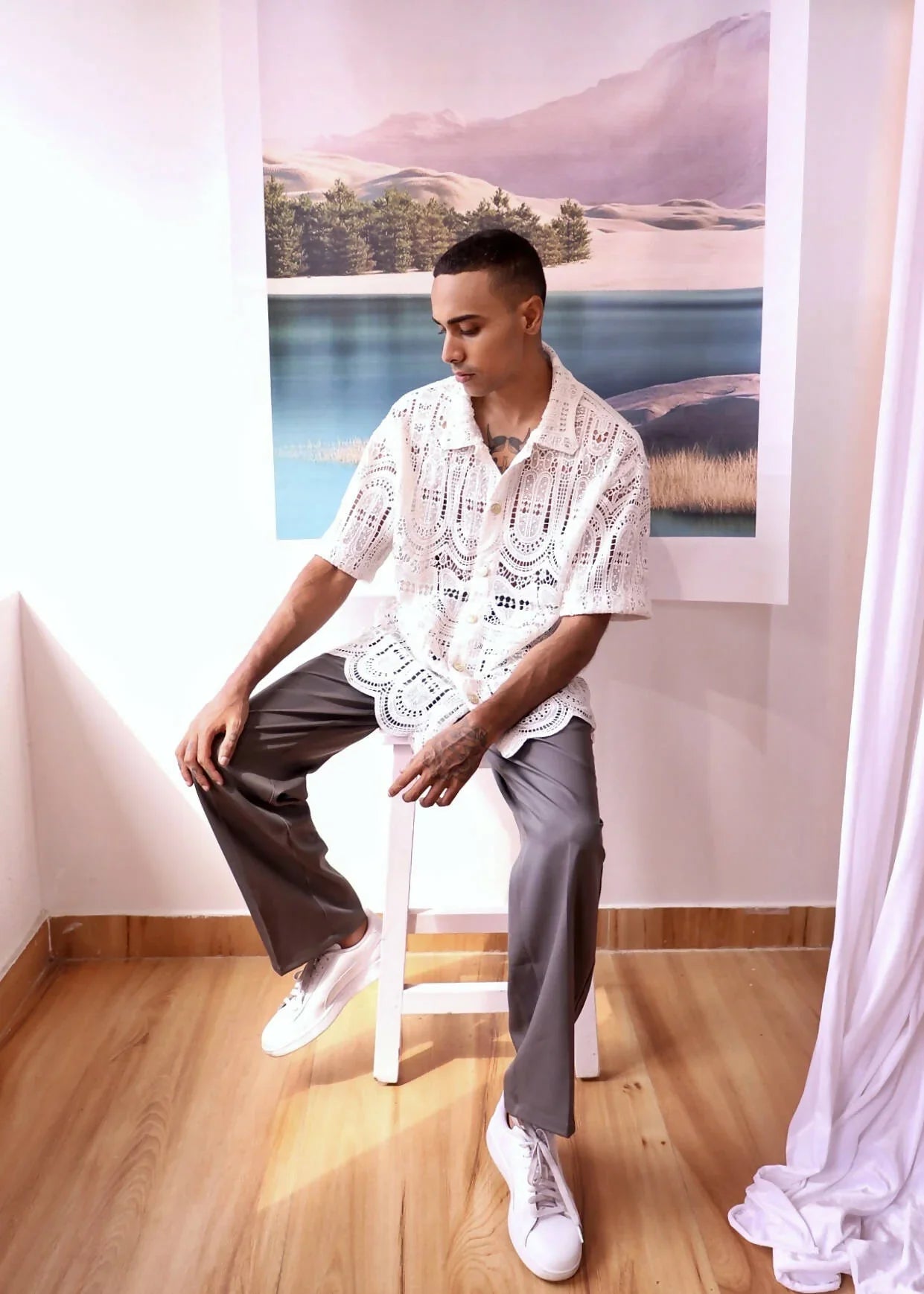Iris van Herpen: The Eponymous Brand

In an era defined by fast fashion and resource depletion, Iris van Herpen stands out for her avant-garde silhouettes and material strategy that points to what the future of fashion must become. Her work reveals a thoughtful pursuit of circularity and bio-based fibres that can safely return to nature. Below we explore how she approaches sustainability, how she integrates recycled materials from the sea, and how she is experimenting with next-gen biomaterials, and why her approach is exactly what today’s broader fashion industry needs.
The founding vision and material culture
Van Herpen founded her eponymous label in 2007 after studying at ArtEZ and interning with Alexander McQueen. From the outset, her work fused handcraft and technology, couture techniques with laser cutting, 3D printing, and sculptural form.
Over time, this experimentation matured into a conscious material strategy. In an interview, she stated, "The focus is increasingly on biodegradable materials, and I think fashion will undergo a major transition towards a more cyclical way of working."
Recycled ocean plastics and collaboration with the sea
One of the eco-friendly examples of van Herpen’s sustainable material approach is her collaboration with Parley for the Oceans and the incorporation of ocean plastics into haute couture garments. In her Earthrise collection (2021), she created dresses entirely from recycled plastics collected from marine waste.
Experimentation with future bio-based materials
Her more recent collection Sympoiesis (2025) introduced garments made from lab-grown bio-protein textiles (via Spiber) and even bioluminescent algae dresses.

The majority of textiles end up in landfills or are incinerated. Synthetic plastics derived from fossil fuels and virgin fibres carry heavy environmental burdens. Van Herpen’s use of marine waste and emerging biomaterials points to a pathway of design that reduces extraction and reuses waste streams.
There is a material innovation lag in mainstream fashion. Many brands use single-use plastic blends, complex composites, and garments with no end-of-life plan. Van Herpen shows that high-aesthetic and high-performance garments can use responsible materials.
Her assertion that there is not a lot of reason not to use sustainable materials anymore, other than changing your mindset, points to a cultural barrier.
As more consumers care about material origin, durability, and recyclability, the fashion houses that integrate circularity (not just greenwashing) are better positioned for the future.
If fashion is going to reinvent itself for the 21st century with reduced environmental impact and smart material choices, then founders like Iris van Herpen are working to make it happen.






Leave a comment